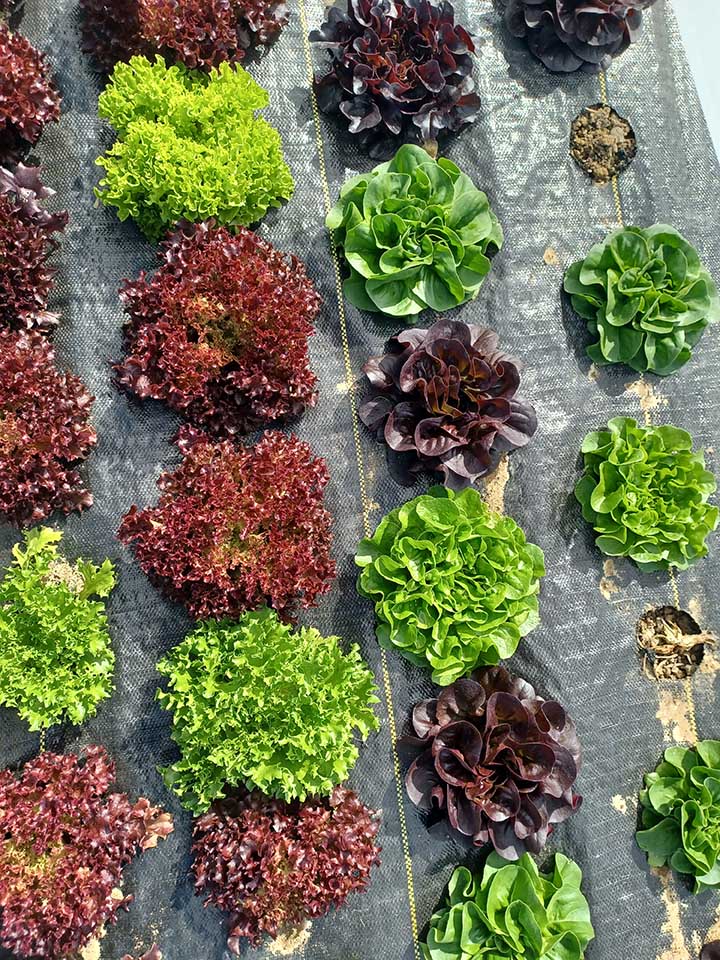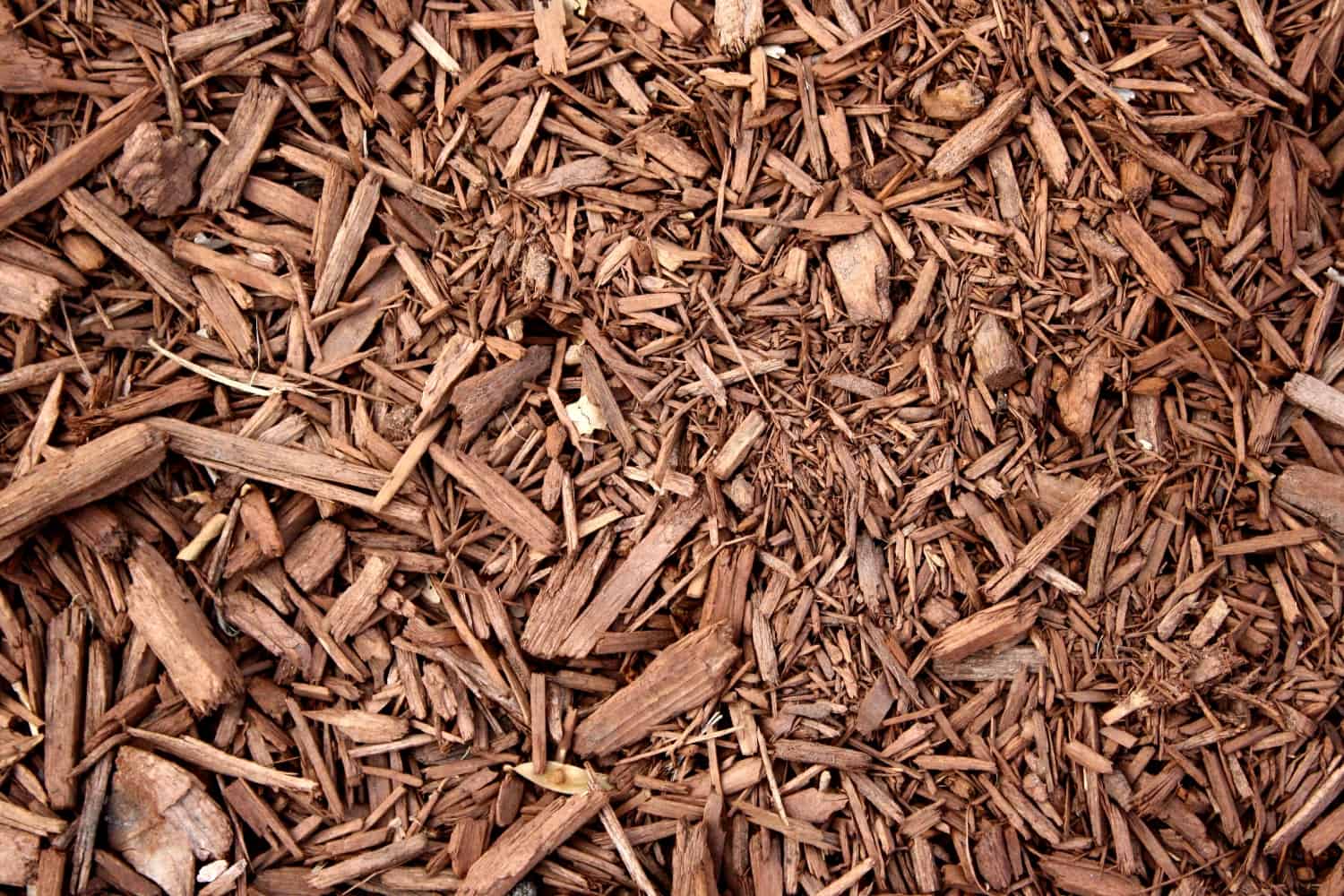Best Mulch for Vegetable Garden Moisture Retention: Your Ultimate Guide

Imagine your vegetable garden as a bustling city. The plants are the citizens, the soil is the infrastructure, and water is the lifeblood that keeps everything thriving. Now, think of mulch as the city's protective shield, ensuring that the lifeblood—water—stays where it's needed most. Choosing the best mulch for vegetable garden moisture retention is like selecting the most effective shield for your city. Let's dive in and explore the world of mulch, its benefits, and how to choose the right one for your garden.
Understanding Mulch: The Garden's Protective Shield
Mulch is any material layered on top of the soil to benefit your plants and garden ecosystem. It can be organic—like straw, wood chips, or grass clippings—or inorganic, such as plastic sheeting or landscape fabric. For vegetable gardens, organic mulch is typically the best choice due to its water retention capabilities and nutrient-rich composition.
The Importance of Moisture Retention in Gardens
Water retention is crucial for plant growth and overall garden health. It ensures that your plants have a consistent water supply, even during dry spells. Mulch acts as a barrier, slowing down evaporation and keeping the garden soil moist for longer periods. This is especially important in hot, dry climates or during summer months.
Best Mulches for Vegetable Garden Moisture Retention
Straw Mulch: The Gold Standard
Straw is one of the best mulches for vegetable gardens due to its excellent water retention abilities. It allows water to pass through to the soil and slows down evaporation, keeping the soil moist. Straw also adds organic matter to the soil as it breaks down, improving soil structure and fertility.

Wood Chips: A Close Second
Wood chips are another excellent choice for moisture retention. They allow water to penetrate the soil and reduce evaporation. However, it's essential to use aged wood chips, as fresh ones can rob the soil of nitrogen during decomposition, harming your plants.
Grass Clippings: Free and Effective
Grass clippings are a free and readily available mulch option. They have good water retention properties and add nitrogen to the soil as they decompose. However, ensure that the clippings are from untreated lawns to avoid introducing herbicides into your garden.
Mulching Tips for Optimal Water Retention
- Layer it on: Aim for a 2-4 inch layer of mulch. Too thin, and it won't effectively retain moisture. Too thick, and it can prevent water from reaching the soil.
- Keep it clear: Avoid piling mulch against plant stems to prevent rot and pest issues.
- Replenish regularly: Organic mulches break down over time. Replenish your mulch layer as needed to maintain optimal water retention.
The Benefits of Mulch Beyond Water Retention
Besides moisture retention, mulch offers numerous other benefits. It suppresses weeds, regulates soil temperature, prevents soil compaction, and improves soil health as it breaks down. Plus, it can give your garden a neat, tidy appearance.

Choosing the Right Mulch for Your Garden
When selecting a mulch, consider your garden's specific needs. Straw is excellent for most vegetable gardens, but if you have perennial weeds, a weed barrier like cardboard or newspaper topped with wood chips might be a better choice. Also, consider availability and cost. Using locally sourced materials is usually more cost-effective and eco-friendly.
Conclusion: Your Garden's Thirst Quencher
Choosing the best mulch for vegetable garden moisture retention is a critical step in creating a thriving, water-wise garden. Whether you opt for straw, wood chips, or grass clippings, remember that a consistent mulch layer is key to retaining soil moisture. So, go ahead, give your garden the protective shield it needs, and watch your plants flourish.
Happy gardening! We'd love to hear about your favorite mulching techniques and experiences. Share your stories in the comments below.
FAQs
Can I use landscape fabric for moisture retention? While landscape fabric can help with water retention, it doesn't offer the same soil health benefits as organic mulches. It also doesn't allow water to penetrate as effectively.
How often should I replenish my mulch layer? This depends on the type of mulch and your climate. Generally, you should aim to maintain a 2-4 inch layer, replenishing as needed. Some mulches, like straw, may need replenishing annually, while wood chips can last longer.
Can I use fresh wood chips for mulch? Fresh wood chips can rob the soil of nitrogen as they decompose, potentially harming your plants. It's best to use aged wood chips or compost them first before using them as mulch.
Is it okay to use hay as mulch? Hay often contains weed seeds, which can introduce weeds into your garden. Straw is a better choice, as it typically contains fewer seeds.
Can I combine different types of mulch? Yes, you can combine different types of mulch to maximize their benefits. For example, you might use a layer of newspaper or cardboard to suppress weeds, topped with straw or wood chips for moisture retention.
For further reading, check out these resources:
0 Response to "Best Mulch for Vegetable Garden Moisture Retention: Your Ultimate Guide"
Post a Comment